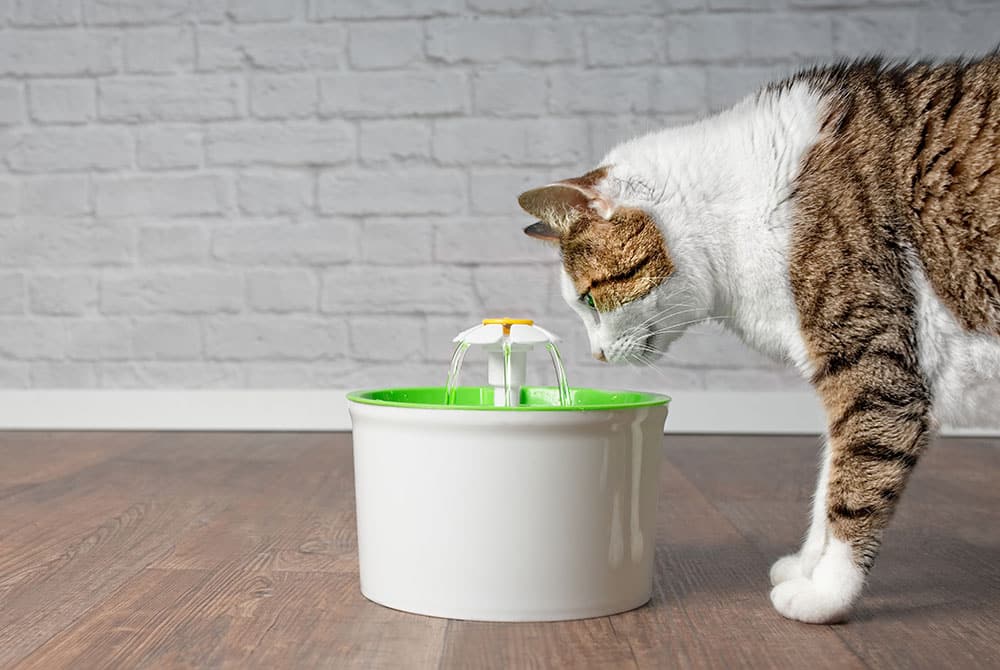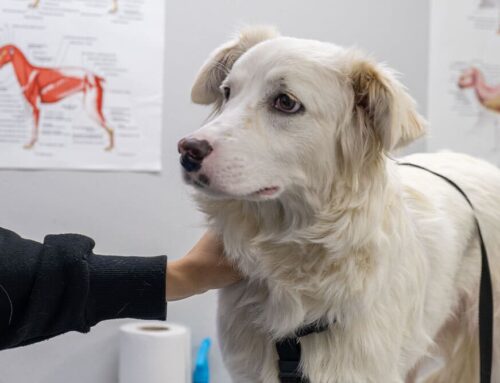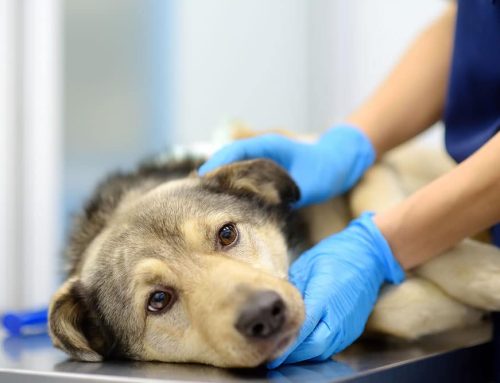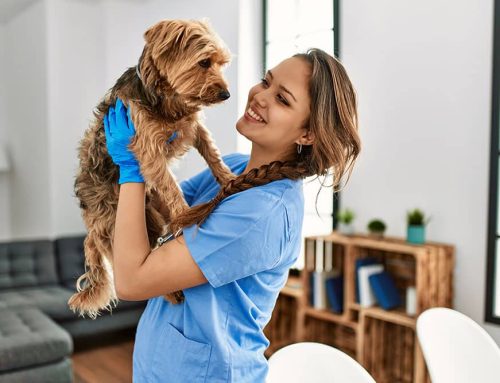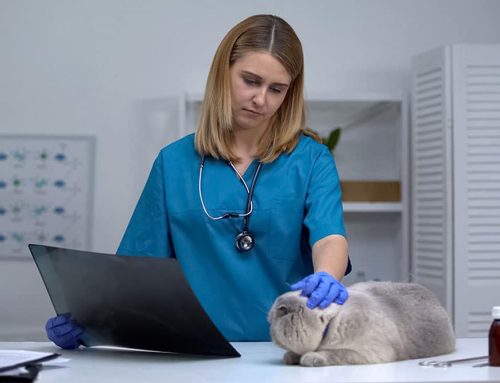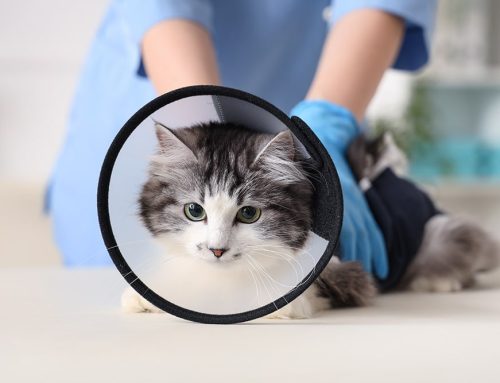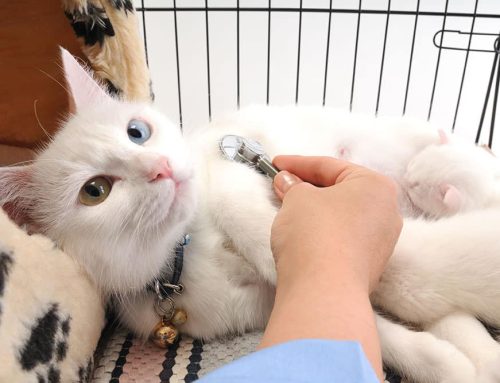As temperatures soar during the warmer months, our pets are at a greater risk for heat stroke — a potentially life-threatening condition that can escalate quickly without immediate action. Unlike humans, dogs and cats don’t sweat to cool themselves. They rely primarily on panting, which makes them far more vulnerable to overheating. At Vets to Pets Mobile Veterinary Care, we believe prevention and early recognition are the keys to protecting your pets from heat-related emergencies.
What Is Heat Stroke?
Heat stroke, or hyperthermia, occurs when a pet’s body temperature rises above a safe range and they can no longer cool themselves efficiently. For dogs and cats, a body temperature over 104°F (40°C) is considered abnormal. At 106°F (41°C) or higher, organ damage and even death can occur without urgent care.
Pets Most at Risk
While any pet can suffer from heat stroke, some are more susceptible:
- Brachycephalic breeds (like Bulldogs, Pugs, and Persians)
- Older pets
- Overweight animals
- Pets with heart or respiratory issues
- Thick-coated or long-haired breeds
Common Causes of Heat Stroke
- Being left in a parked car, even for a few minutes
- Excessive exercise during peak heat hours
- Lack of access to shade or fresh water
- Being kept in poorly ventilated spaces
- Hot asphalt or pavement walks (compounds heat exposure)
Warning Signs of Heat Stroke in Pets
Act fast if you notice any of the following symptoms:
- Excessive or rapid panting
- Drooling or thick, sticky saliva
- Bright red or pale gums and tongue
- Vomiting or diarrhea (possibly with blood)
- Weakness, staggering, or collapse
- Rapid heartbeat
- Glazed eyes
- Seizures or unconsciousness (in severe cases)
What to Do If You Suspect Heat Stroke
- Move your pet to a shaded, cool area immediately.
- Cool them gradually: Use cool (not cold) water on their body or apply cool, wet towels to their neck, belly, and paws.
- Offer small amounts of cool water, but don’t force them to drink.
- Do NOT use ice — it can cause shock or constrict blood vessels.
- Call your veterinarian or emergency clinic right away. Even if your pet seems to improve, internal damage may still occur.
How to Prevent Heat Stroke
- Never leave pets in parked cars — even with the windows cracked.
- Walk dogs early in the morning or after sunset.
- Provide plenty of fresh, cool water at all times.
- Make sure your pet has access to shade or air conditioning.
- Limit exercise on hot or humid days.
- Consider a cooling vest or mat for extra relief during heat waves.
If you have any concerns about your pet’s tolerance to heat, or need advice on how to safely enjoy summer activities together, contact us! We’re here to help you keep your pets safe and cool all season long!

